Ukraine’s largest radio-telescope UTR-2 was under Russian occupation for six months. This instrument had been used to study Neutron stars and the activity of the Sun for many years. However, partial destruction of the observatory may make further observations impossible there.
Capturing observatories
When Russia launched the large-scale invasion of Ukraine in the morning on February 24, convoys of its equipment tried to bypass Ukrainian defenders. In some places they managed to seep quite far into the territory of our state.

Thus, as early as February 25, the village of Volokhiv Yar on the Kharkiv-Slovyansk road got under enemy’s control. Not far from it, two observatories of the National Academy of Sciences of Ukraine are located at once — optical and radio astronomical. The latter operates the world’s largest radio-telescope in the decameter range (UTR-2).
During the invasion, no active hostilities took place near the observatories. And the employees just tried to sit quietly, hoping not to draw attention of invaders. As it turned out, it was in vain.
The UTR-2 Telescope
UTR-2 does not look like optical telescopes familiar to everyone, nor even like “dishes” of devices operating in the radio range. It is based on the principle of a phased array antenna (PAA). It is a device for receiving radio waves, the sensitivity of which in different directions depends on the electric current flowing in the antenna.
The distribution of sensitivity of the antenna by directions is provided by its directional pattern, which consists of several rays, or petals, as experts call them. By changing the phase and amplitude of the current in the antenna, you can adjust the direction of the main petal without physically turning the device.
That is why the main sensitive element of the UTR-2 is a pair of metal cages connected together at a certain height and raised above the ground on a rod. They form a dipole antenna, 8 m wide and 3.5 m high. Such antennas as part of UTR-2 are lined up in three long strips (three in a row). Two of them are directed to the south and north from the conventional center of the telescope, and one more to the west. The total length of the first two is 1800 m; the third one is 900 m long.
Together it looks like a giant letter T, which can only be seen if you rise above the fields where the telescope is located. For this shape, it got its name: Ukrainian T-shaped radio-telescope of the second modification (UTR-2)
But the large field of antennae constitutes only the visible part of the telescope. Technological tunnels are laid underground, through which wires go to each of the dipoles. Some provide it with power, others transmit signals.
The third, most important element of the radio-telescope is its control center. It is here that the signals from all the antennae are collected and added up together to produce the sensitivity of a “dish” hundreds of meters in diameter.
Scientific research at UTR-2
UTR-2 works at a frequency of 8-33 MHz. This is a decameter range, which is not very popular among astronomers due to the low transparency of the Earth’s atmosphere for it. That is why there are few instruments conducting research in it, and the Ukrainian radio-telescope is the largest of them.
Since 1971, when the instrument began operation, many observations have been made on it. First of all, they relate to the study of our Sun, where explosions constantly occur, generating streams of charged particles. They interact with our planet’s magnetosphere, causing magnetic storms. And it is in decameter range that all these processes are clearly visible.
Recently, scientists have also used radio-telescopes to study the weather on the planets of the Solar System. It turns out that many of them not only have raging winds, but also flashes of lightning. And their echo in radio range is clearly heard by UTR-2, even if they take place on Jupiter or Saturn.
In addition, Kharkiv radio-astronomers studied neutron stars for many years. These compact supernova remnants are not as popular as black holes, which are also the final stage of existence for many luminaries. However, they are no less mysterious. In particular, scientists can only guess what their surface looks like and what processes are happening right next to it.
Besides, UTR-2 that helped learn some important information about the environment of pulsars. Now it is known that their radio waves are not born on the surface itself, but in the space near it, and only in certain areas. The work of Kharkiv radio-astronomers made it possible to specify the position of its source relative to the surface of the neutron star and to suggest that this process is related to the gas shells surrounding the object.
UTR-2 has been quite actively upgraded over the past 15 years. For example, analog signal processing systems were replaced by digital ones, which made observations much more accurate and simpler. New antennae were installed on the territory where of the telescope, which, together with the main block, were to form the Giant Ukrainian Radio Telescope (GURT).
But all these developments were destroyed as a result of the criminal activities of the Russian troops.
The observatory after the occupation
In mid-September, when the Volokhov Yaru district was liberated by the rapid offensive of Ukrainian troops, the employees of the Radio Astronomy Institute of the National Academy of Sciences of Ukraine were finally able to get there. It turned out that the invaders did visit the observatory and even set up their headquarters there. Fortunately, the antenna field and channels with wires remained intact. However, the Russians troops had stayed in the main building for a long time.
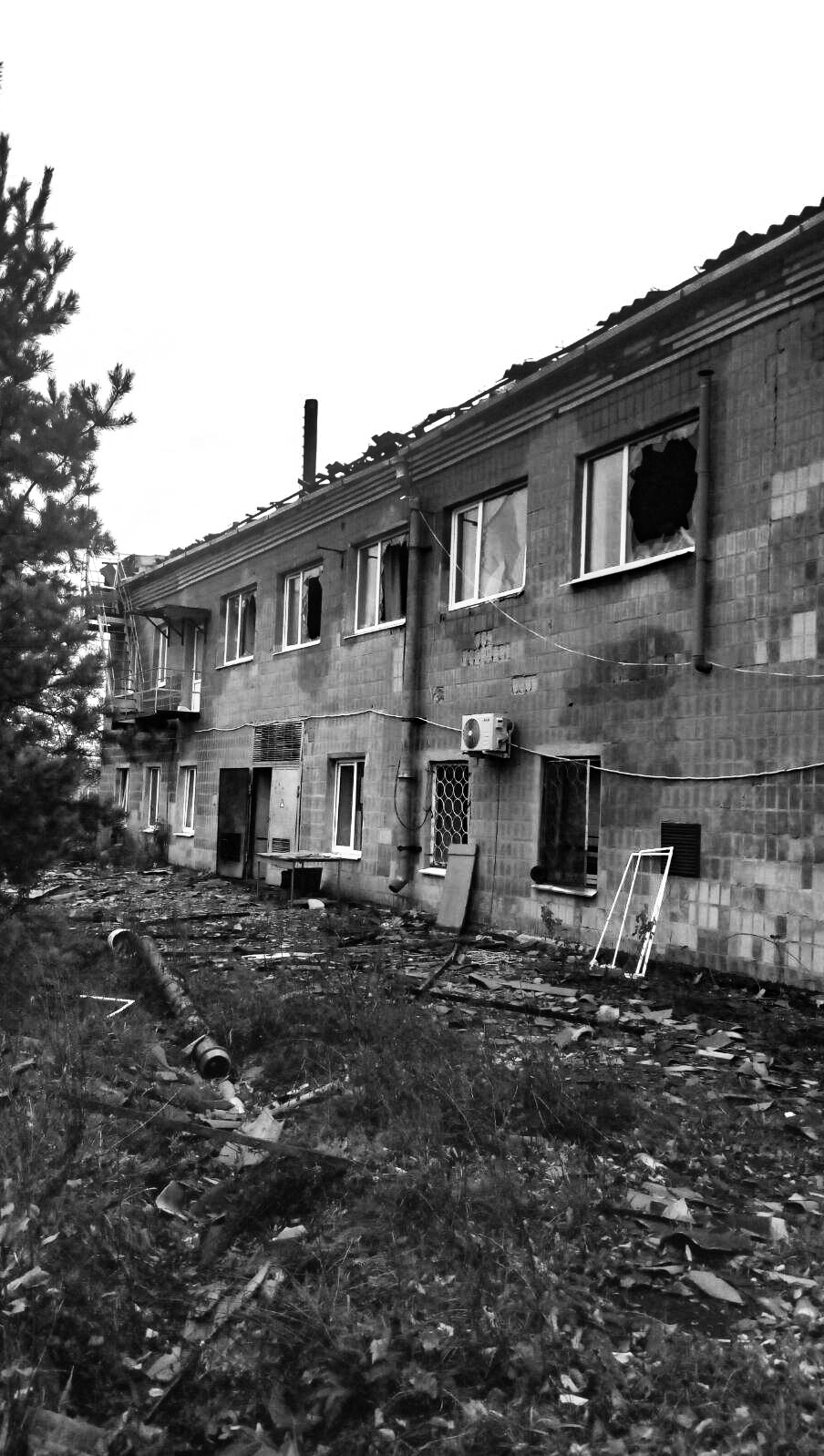
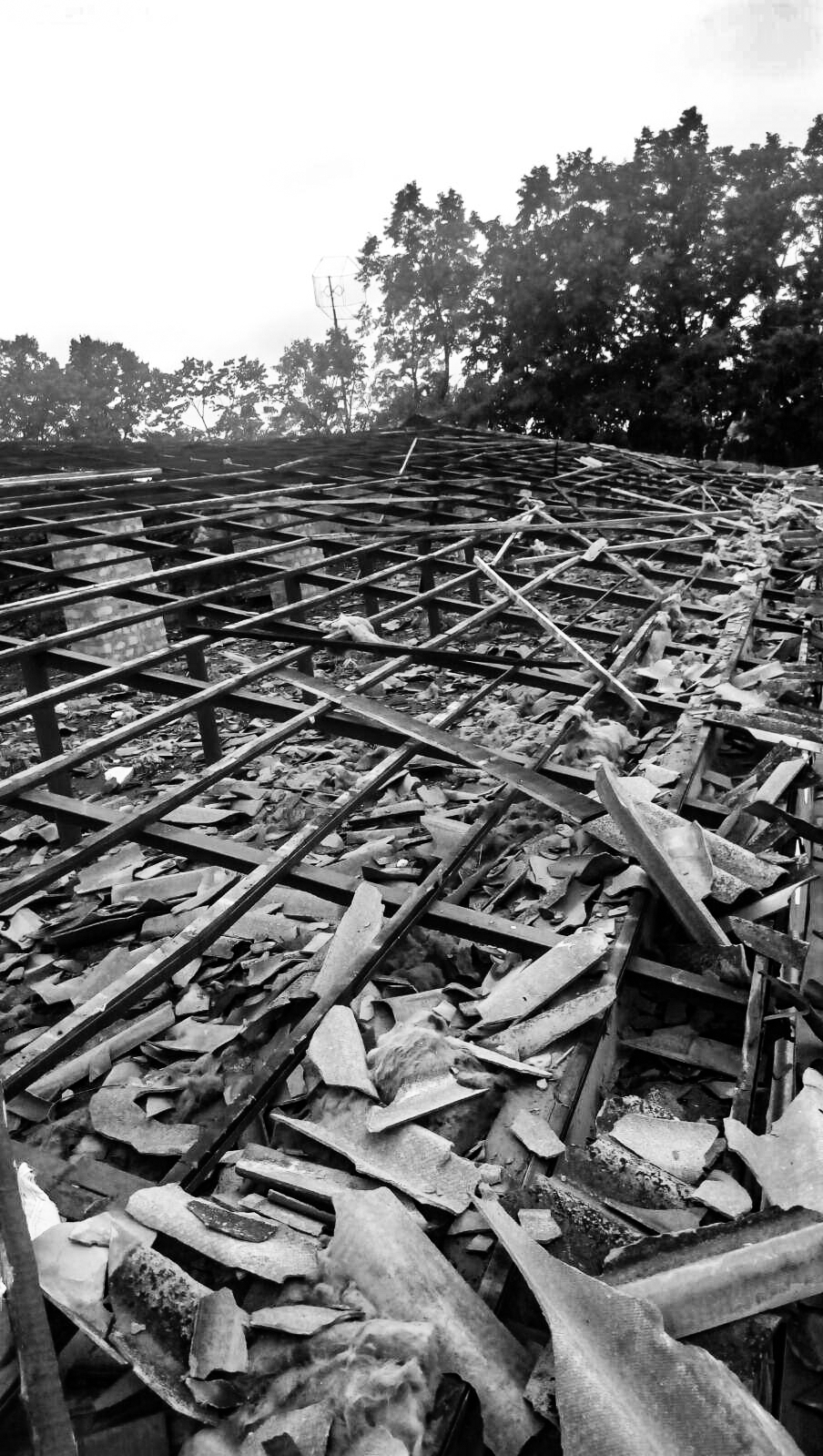
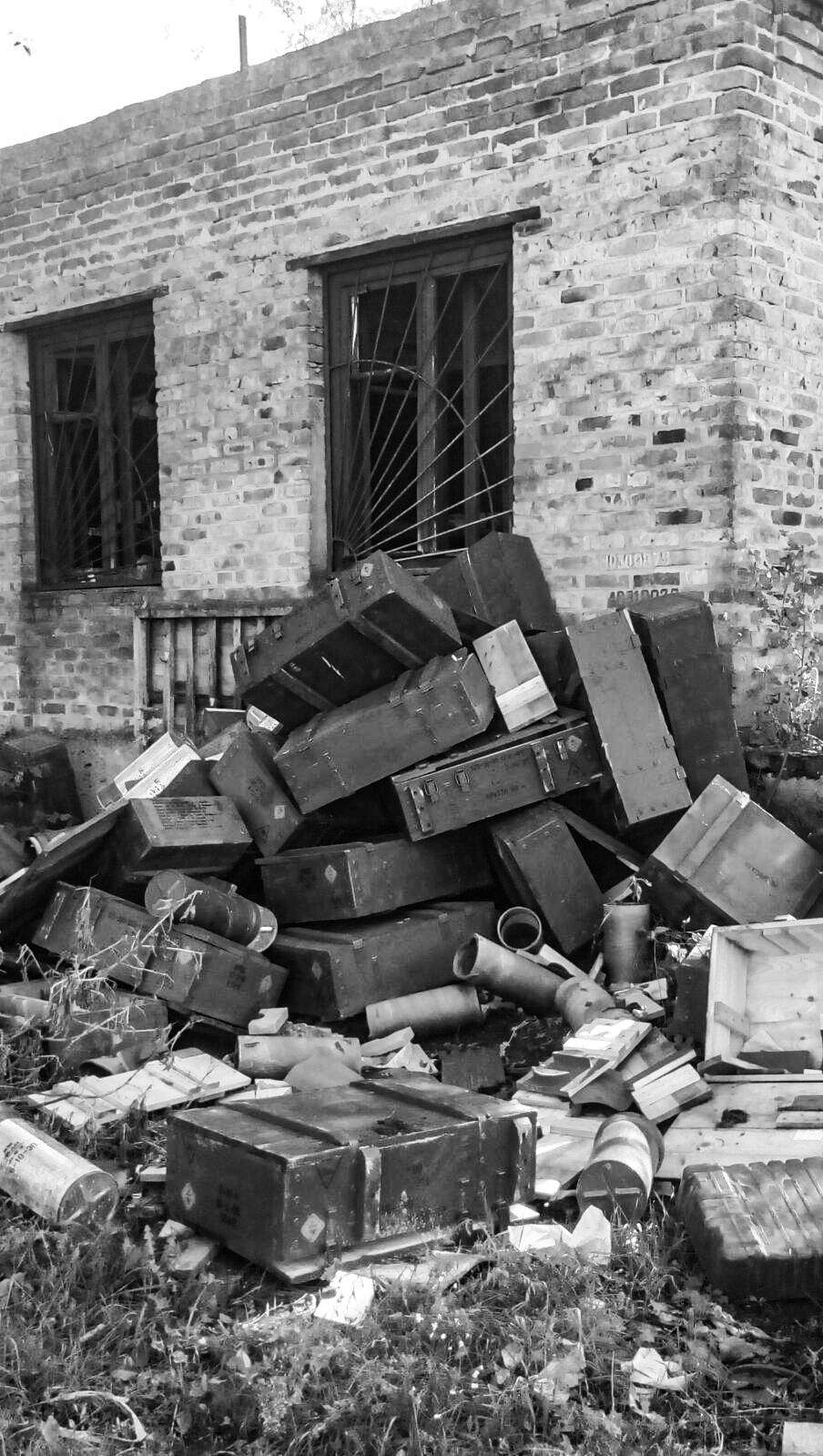
The electronics that were inside were almost completely looted. The remaining part of the equipment was just destroyed by those barbarians. Instead of scientific equipment, they left some empty ammunition boxes, remnants of food supplies and other disgusting traces of their vital functions. Also, in their typical manner, even a boiler and a washing machine were stolen from the premises.
The optical part of the observatory, which is subordinate to the Research Institute of Astronomy of the Kharkiv National University, suffered significant destruction. It houses two telescopes, one of which had a 70-centimeter mirror. By modern standards, it is quite small, but it was enough for scientists to participate in the program to search for metallic asteroids.
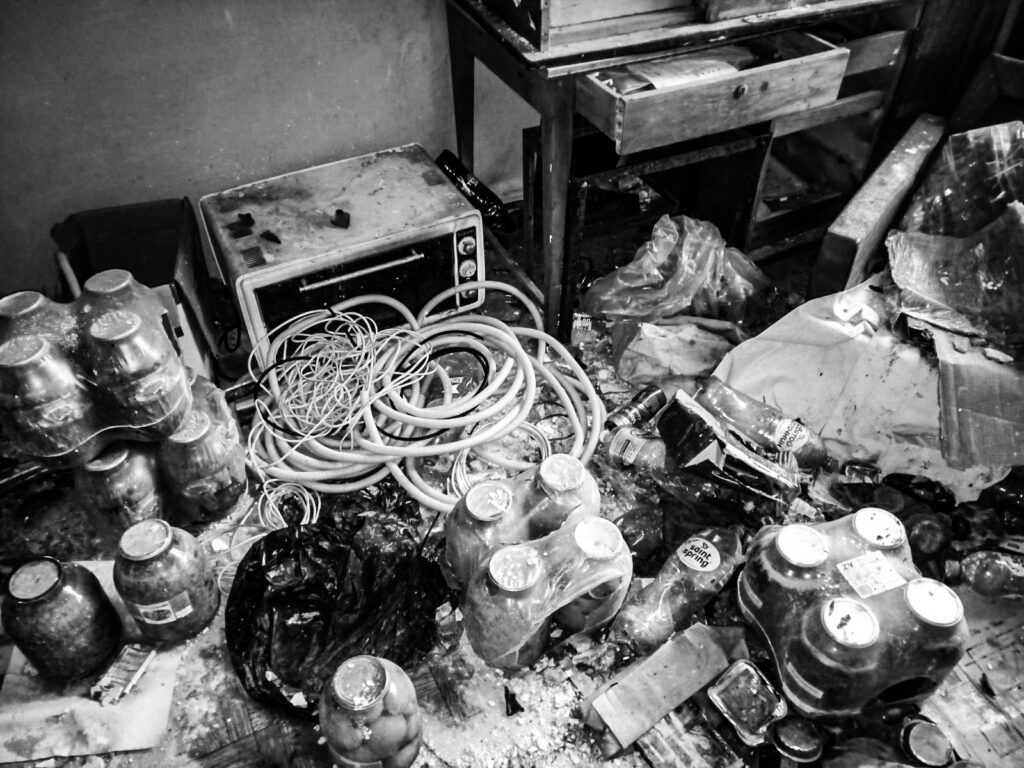
In addition, the observatory was used to train future Ukrainian astronomers. The Karazin State University in Kharkiv is one of two Ukrainian universities that, until recently, trained specialists in sky observation. But now the facilities for their practical classes is a ruin with the walls defaced with Z symbols and autographs of Russian militants.
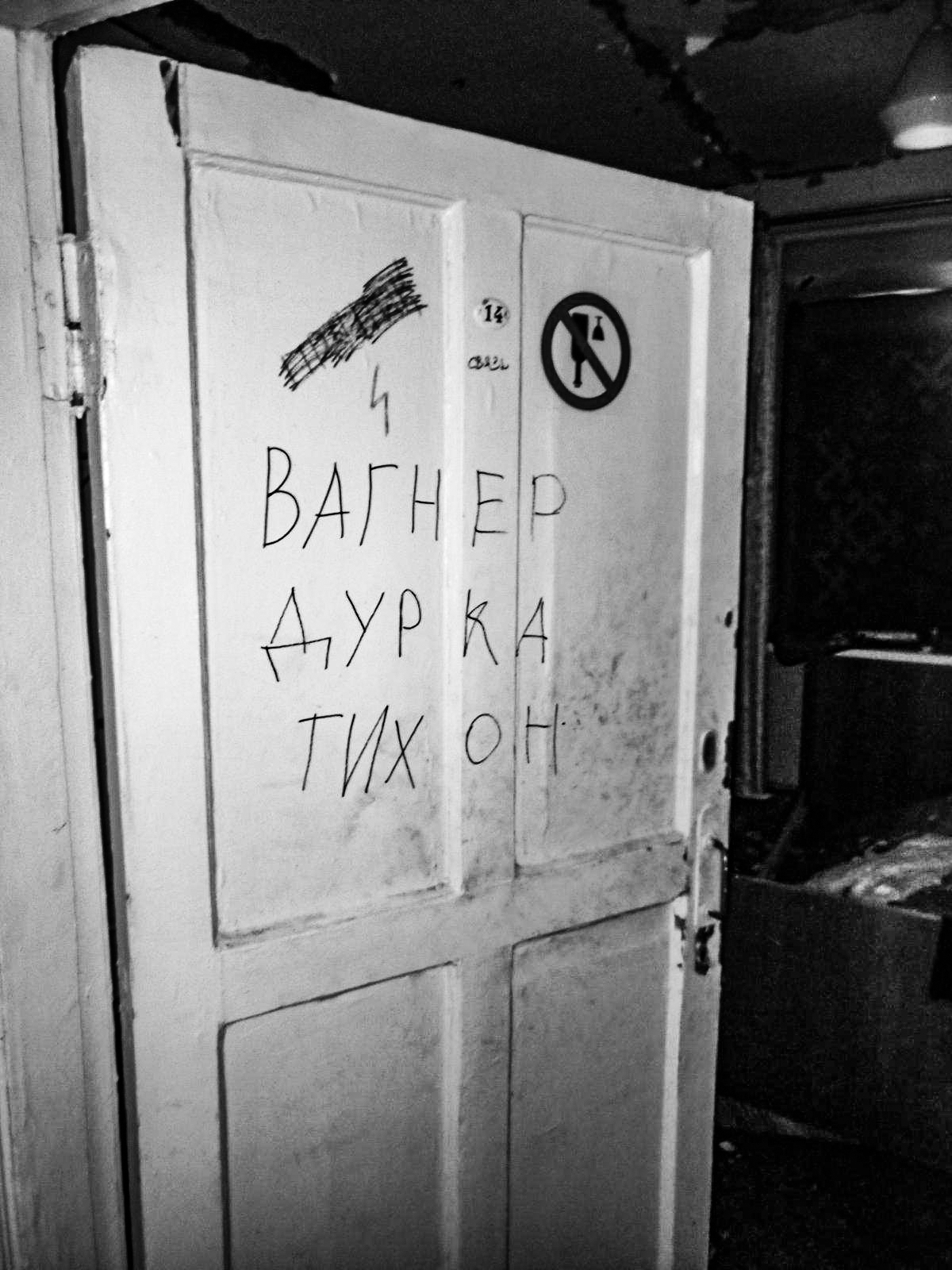
The invaders removed the mirrors from the small amateur telescopes, which were used as educational instruments, and water flows through the leaky roof of the large telescope intended for scientific research.
What is needed to save the observatory
Both the radio-astronomical and optical components of the observation station near Volokhov Yar are now in critical condition. The most urgent problem is the destruction of the buildings themselves. As a result of hostilities, the roof of the control center of UTR-2 was completely destroyed. The equipment that survived there is exposed to weather.
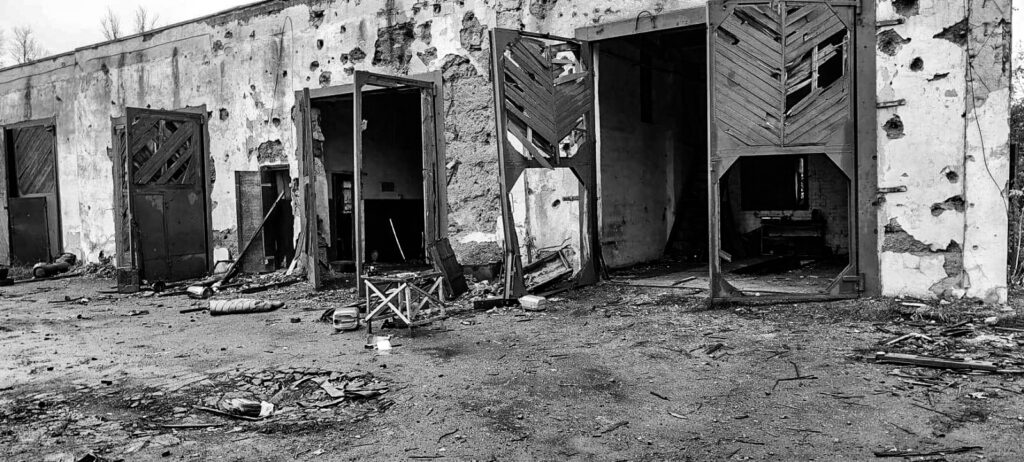
Now the staff are looking for funds to solve this problem and to create at least a temporary cover. Moreover, there is a significant threat to the observatory from marauders. The territory is not guarded and is located at a considerable distance from large settlements. Seen half-destroyed buildings some dishonest people get curious if there is anything to steal in there.
In addition, it is necessary to protect the antenna field from theft. Now the entire antenna component of the UTR-2 is intact, but looters may well try to scrap it.
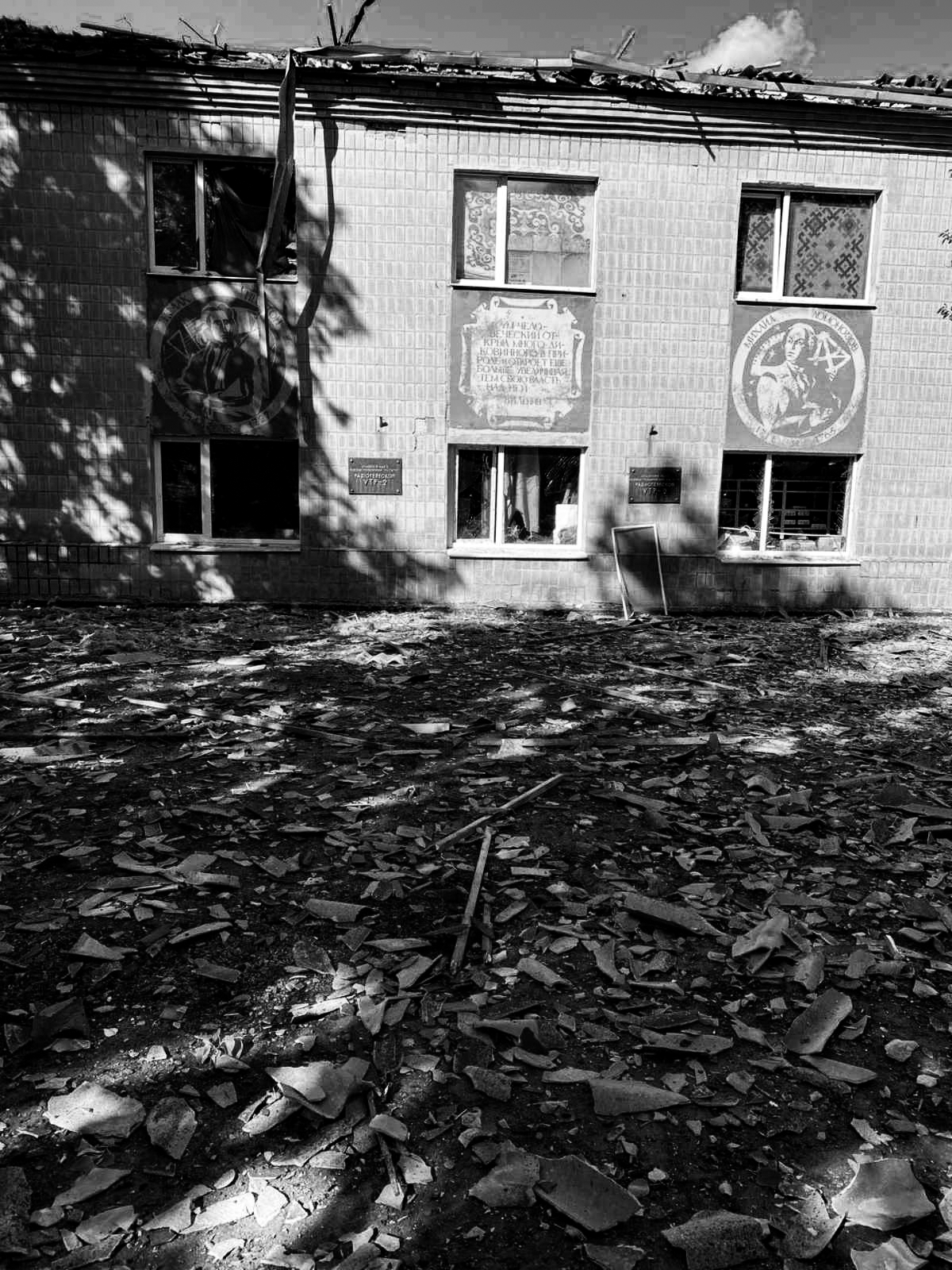
And after that, the reconstruction of the observatory’s equipment should begin. The devices used to receive signals from antennas and convert them into useful information for science are not unique. However, their restoration requires hundreds of thousands, or even millions of hryvnias, and significant efforts of specialists.
Not much money was allocated for the development of astronomical science in Ukraine even before the large-scale invasion. Whether enough founding will be found now is unknown. But the staff working with the world’s largest decameter radio-telescope are hoping for the best.

